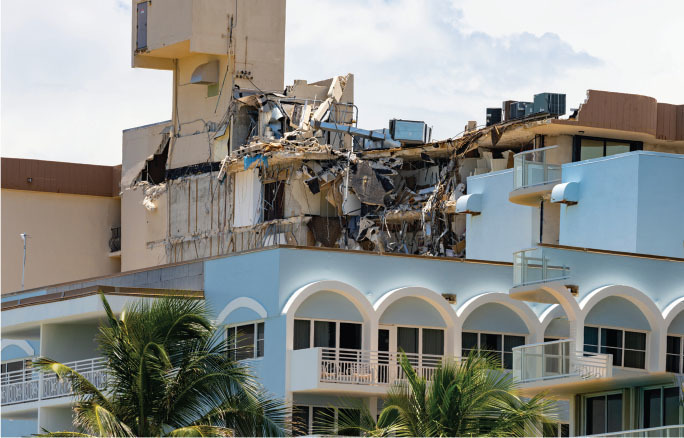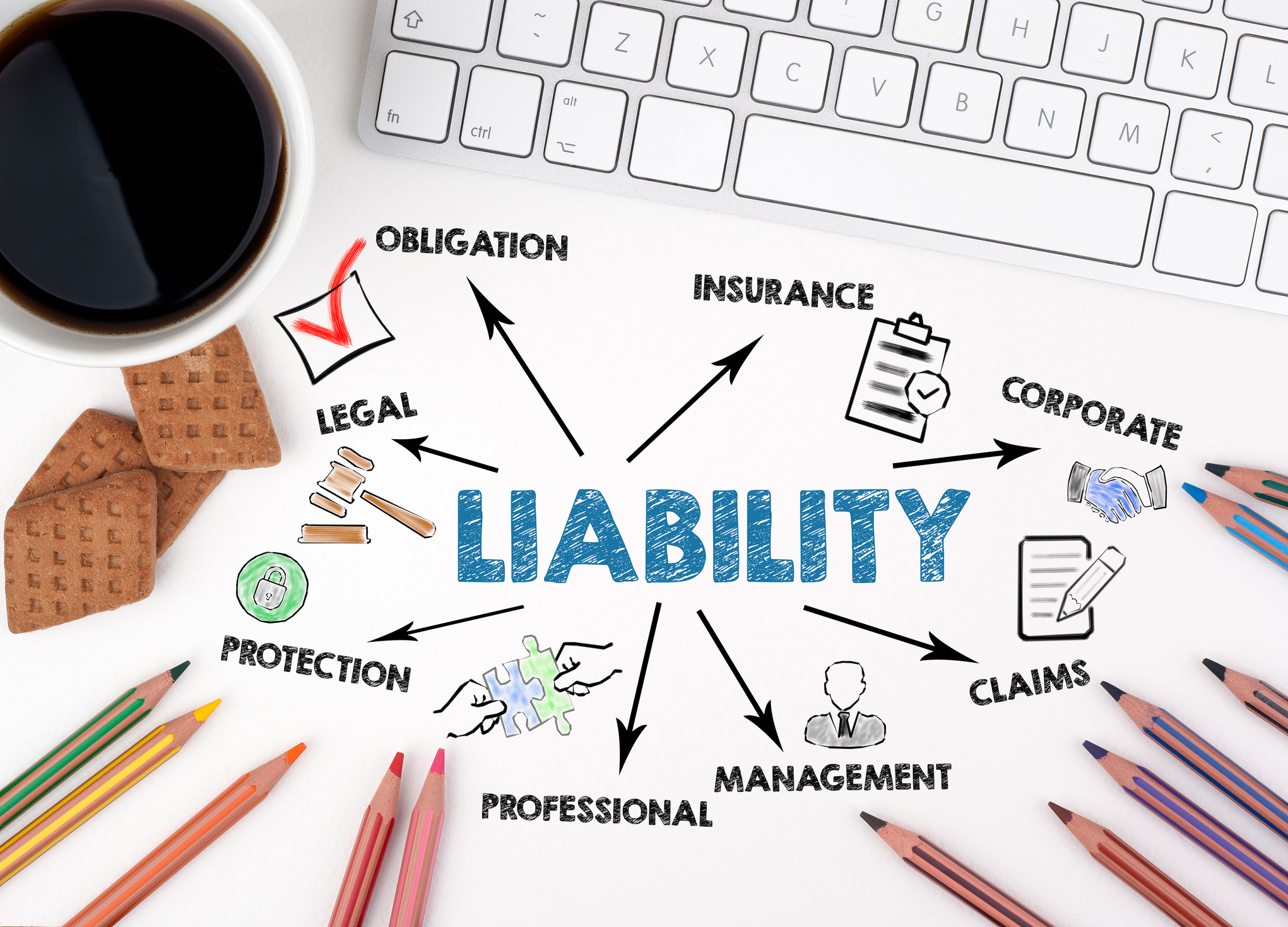September/October 2019
Legal Beat
Structural Engineer Title, Engineering Fees, Limitation of Liability
BY ARTHUR SCHWARTZ, DEPUTY EXECUTIVE DIRECTOR AND GENERAL COUNSEL

Question: I am a little perplexed by California’s Professional Engineering Act rules regarding the use of the title “structural engineer.” As a licensed civil engineer in the structural discipline in California, I thought, based on section 6704 and 6732, that one could use the title of structural engineer because this title is not listed in the restricted title section and because, based on my discipline and exam taken, this seems to most accurately describe my skills and experience. Could you clarify who and when this title can be used, both in theory and in practice? I do not want to unknowingly breach this code, but I also want to make sure I advertise my engineering discipline correctly, as opposed to being confused with civil engineering, for example? (California)
Answer: The California board rules define “structural engineer” as a civil engineer who holds a valid authorization to use the title structural engineer, as provided in Section 6736 of the Code.
To obtain valid authorization, according to 426.10 (“Qualification Requirements for Structural Authority”) an applicant for authority to use the title structural engineer shall comply with all of the following requirements:
(a) The applicant shall hold an unexpired, valid California license as a civil engineer.
(b) The applicant shall submit evidence satisfactory to the Board that the applicant has been in responsible charge of structural engineering qualifying experience, as defined in Section 426.11 and/or Section 426.12, for a minimum of three years subsequent to the date of licensure as a California civil engineer or as provided in Section 426.14.
Question: Does NSPE provide any information on engineering fees as a percent of construction cost. In the past, this method was often referred to as an “average” project, but I assume it also included a range of fees depending on project complexity. As I recall, it was only intended to include design phase services but not construction phase services? (Massachusetts)
Answer: NSPE has no publications or policies regarding professional engineer fees or compensation, including any fee ranges, guidelines, curves, or schedules. Federal and state antitrust enforcement agencies consider the creation and establishment of these publications and policies an agreement among engineer members to establish, set, or fix prices for engineering services. This view was reinforced by a series of federal court rulings in the 1970s and 1980s against professional engineering and architectural organizations, including NSPE.
Question: I have read a number of engineering risk management publications on the value of routinely considering using a limitation of liability provision in Owner-Engineer agreements. Are there risks associated with such clauses of which engineers need to be aware? (Pennsylvania)
Answer: Yes. In a recent case, a professional engineer was surprised when the first claim ever made against his small firm found him personally liable for a large monetary damage claim despite the presence of a limit of liability clause in the Owner-Engineer contract he prepared. The professional engineer was unaware that the courts had earlier found limitation of liability clauses in Owner-Engineer agreements illegal and void in the state in which the engineering work was being performed.
Clearly, state laws vary on the enforceability of limitation of liability provisions in design professional contracts and those laws can change. Having the latest and most complete knowledge and understanding of the enforceability of these provisions in the states of engineering practice is essential. Before relying on those provisions, consultation with a knowledgeable and experienced construction attorney in the state in which the work is being performed is strongly advised.


 Volunteering at NSPE is a great opportunity to grow your professional network and connect with other leaders in the field.
Volunteering at NSPE is a great opportunity to grow your professional network and connect with other leaders in the field. The National Society of Professional Engineers (NSPE) encourages you to explore the resources to cast your vote on election day:
The National Society of Professional Engineers (NSPE) encourages you to explore the resources to cast your vote on election day:




